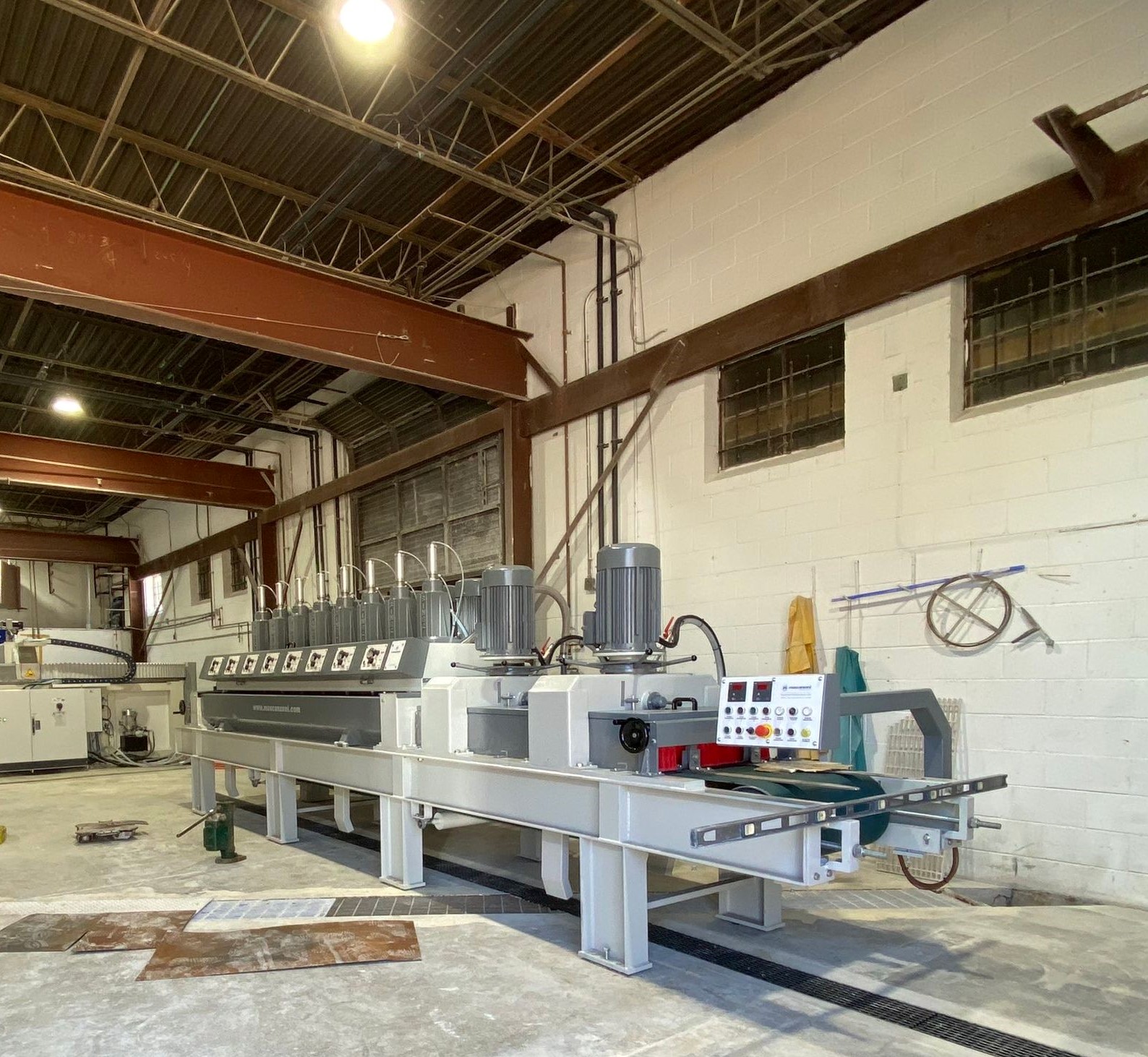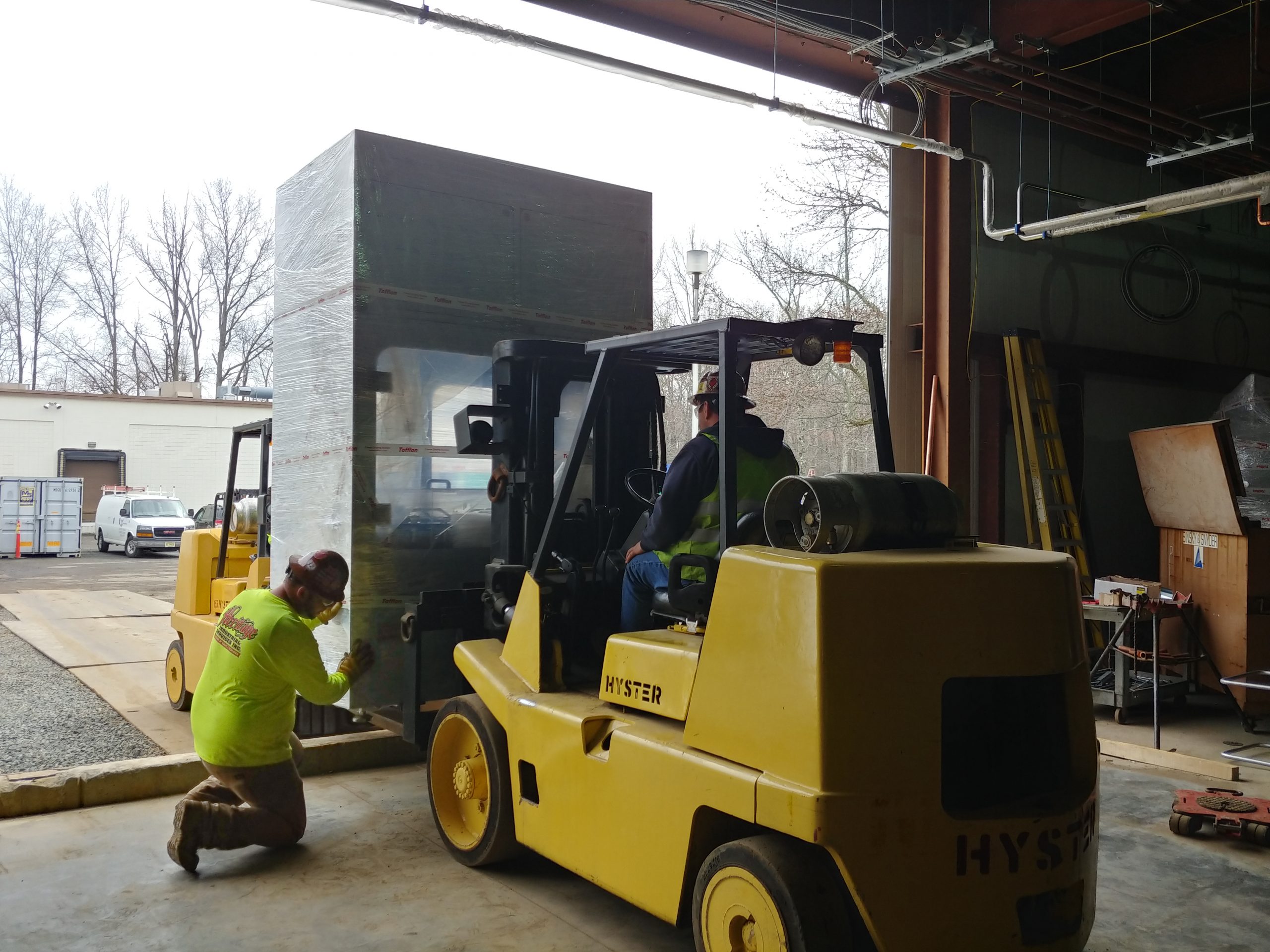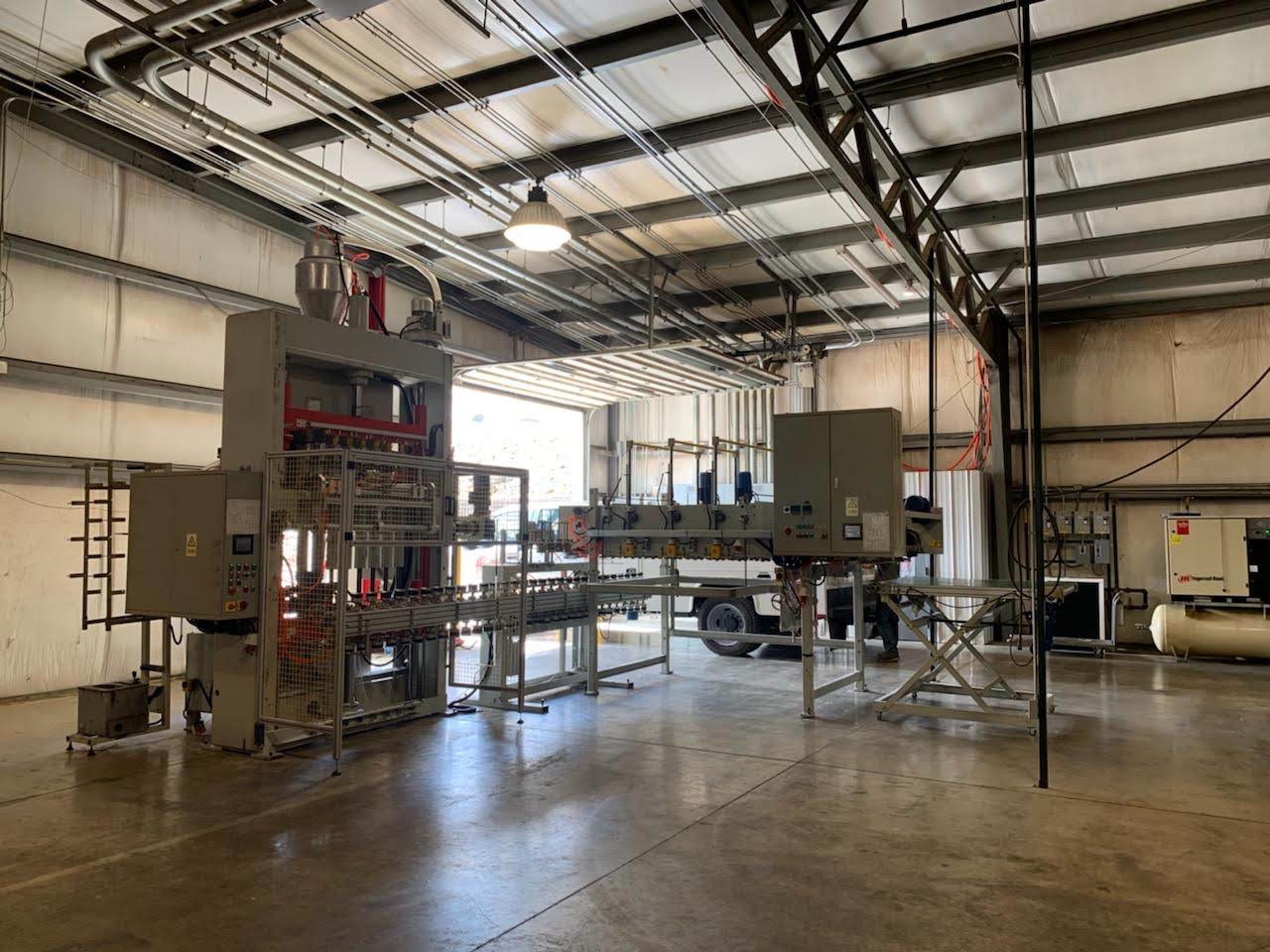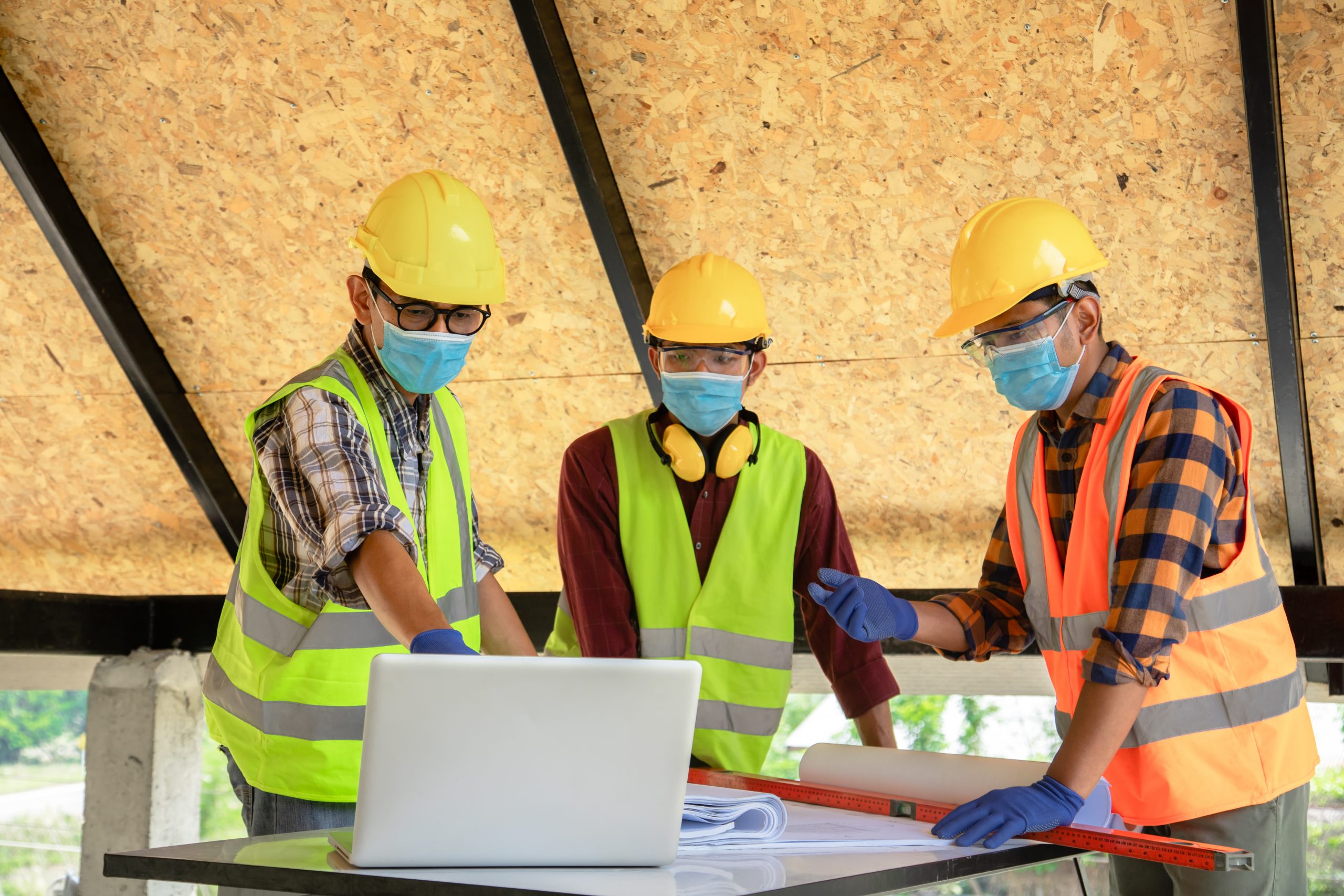How Frequently Should an Industrial Rigging Inspection be Performed
Even with an experienced operator and crew, industrial rigging projects ultimately pose a significant potential for risk. Every precaution must be taken to minimize that risk and ensure the safety of the load being lifted and those performing it. A thorough rigging inspection of slings, hooks, below-the-hook lifting devices, lever hoists, and all rigging hardware is key to making that happen. Carrying out these inspections with the proper frequency is not only important to ensure the safety of the equipment but to remain in OSHA and ASME compliance.
Inspection Upon Delivery
A rigging inspection begins before the equipment ever shows up on the job site. A visual inspection of all rigging equipment should be conducted when it is initially received from the supplier. The purpose of an initial inspection is to ensure that all hardware, hooks, and slings are what was ordered and their capacity rating meets your lifting requirements and project specifications.
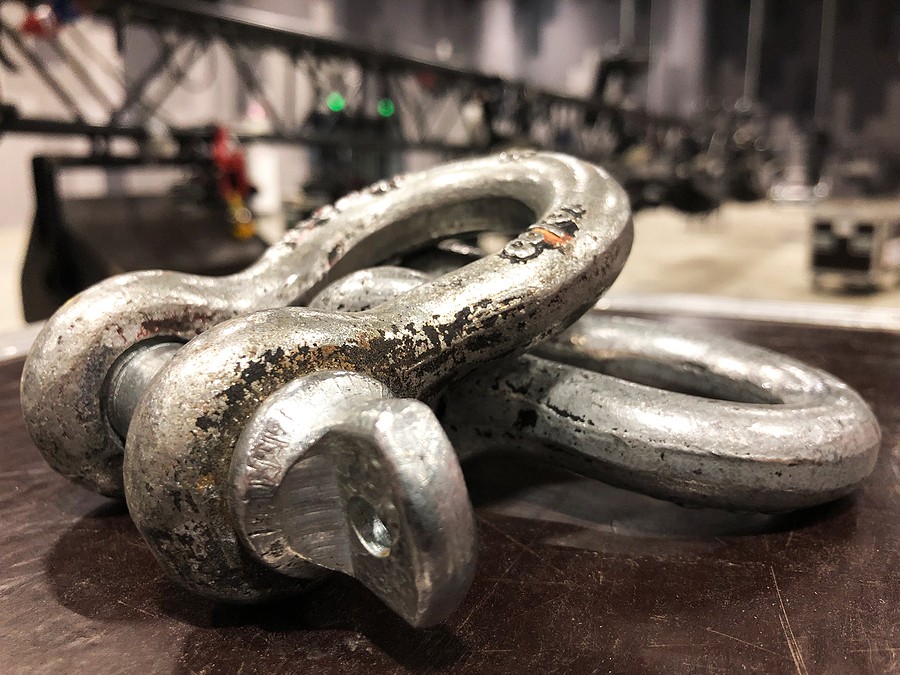
Frequent Inspections
A frequent rigging inspection is one that is conducted daily or prior to each use. A hands-on inspection of all slings, hooks, hardware, and all other rigging equipment to identify any defects,
damages, or malfunctions should be conducted by a crew member or individual considered “competent” by OSHA standards. All equipment should be checked to ensure it meets the specific requirements for the job it is being used on.
For equipment subject to extreme applications, a rigging inspection should be conducted prior to each use. The best practice is to conduct a visual inspection of all equipment when there is a change in the lifting application or there is a shift change. If the slings, hooks, and other equipment are being used repeatedly throughout the day, a single daily inspection is insufficient for minimizing risk. Not all damage occurs over time from wear and tear. Damage can be the result of a single lift due to exposure to chemicals or heat, loads with severe angles or rough edges, or a shock load.
Periodic Inspections
OSHA and ASME require a documented periodic rigging inspection of all lifting and rigging equipment at least every 12 months. Quarterly or monthly inspections may be required if the equipment is being used in more severe service conditions.
When a Single Annual Rigging Inspection isn’t Enough
To determine if a rigging inspection on equipment is necessary more than once a year, consider the following criteria:
- The frequency of use
- The severity of service conditions
- The nature of lifts or load-handling activities
- Knowledge acquired on the service life of the same equipment used in similar circumstances
According to ASME, equipment experiencing normal use must undergo a periodic rigging inspection once in a 12 month period. Equipment experiencing severe service must be inspected monthly to quarterly. When being used for special service, equipment experiences a much higher level of stress and daily wear and tear. In this case, a crew member or other individual considered “qualified” by OSHA standards must review your lifting and rigging program and can make a recommendation on how often a periodic inspection should be performed within a 12-month period. Failure to complete and retain documented inspection records can result in falling out of compliance with OSHA and ASME.
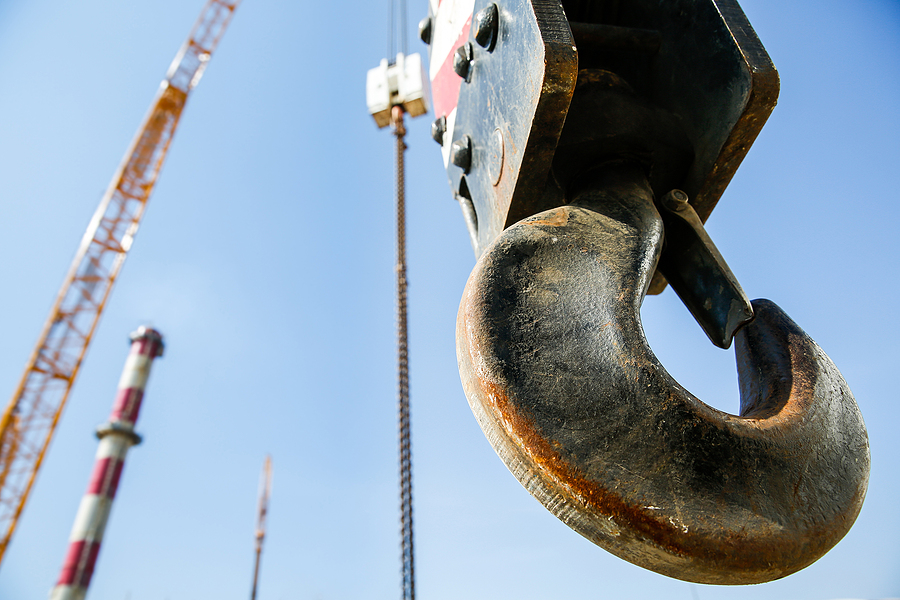
Safety Comes First at Heritage Industrial Services
Heritage Industrial Services provides all forms of industrial rigging, machinery moving, plant relocation, and installation nationwide. We offer a full range of industrial services from removing and installing small individual machines to very large plant size projects. Our clients are diverse and include commercial, industrial, pharmaceutical, manufacturing, petroleum, chemical, warehousing, and other industries.
Heritage Industrial’s expert staff employs the most up-to-date equipment and certified safety techniques including thorough inspections to ensure the highest quality and safest rigging operations. Heritage Industrial employs NCCCO and OSHA trained riggers and signalmen for all projects to ensure that all your rigging needs are performed safely, productively, and on-budget with no issues. Contact us to discuss the details of your next industrial rigging project.


